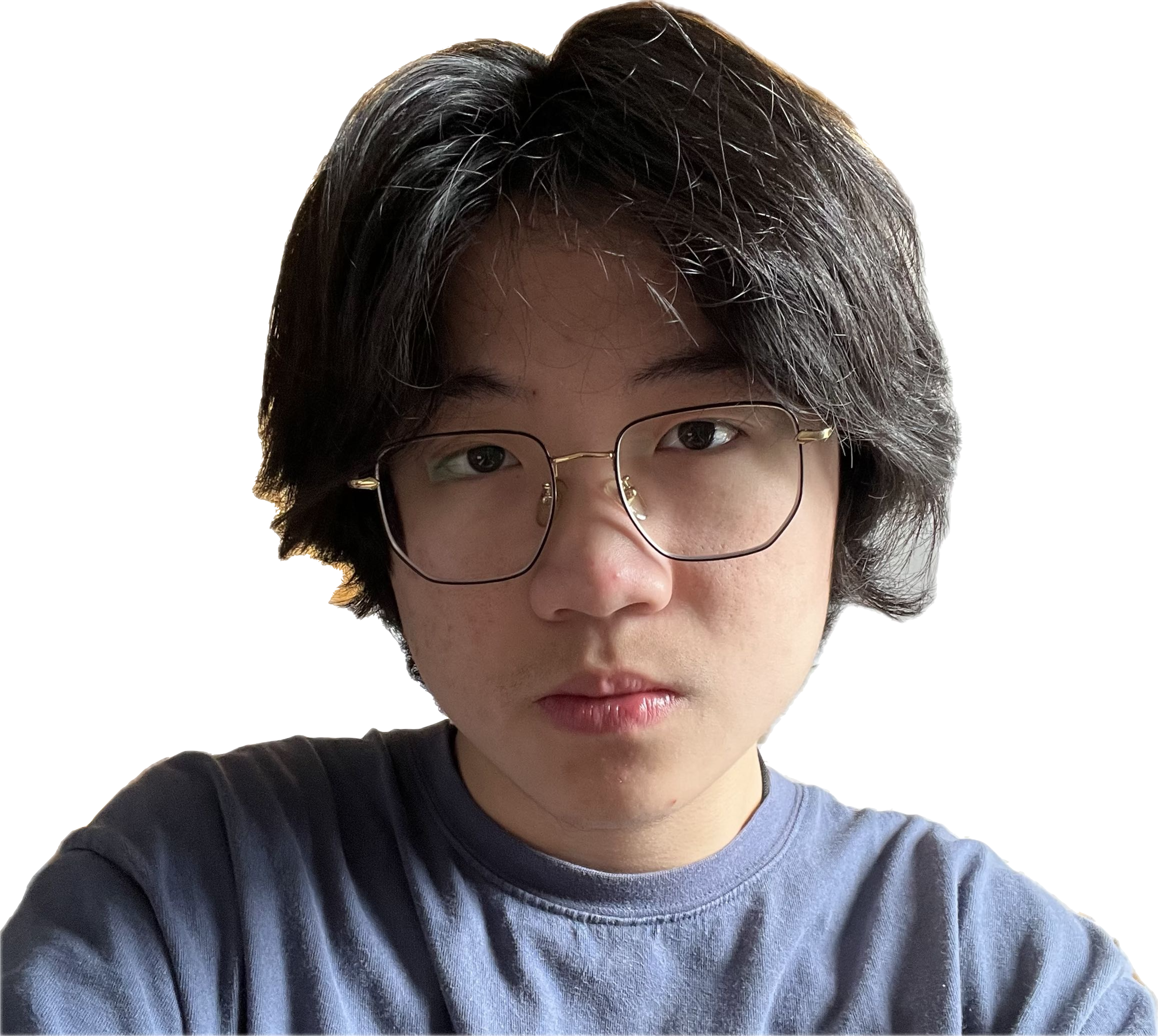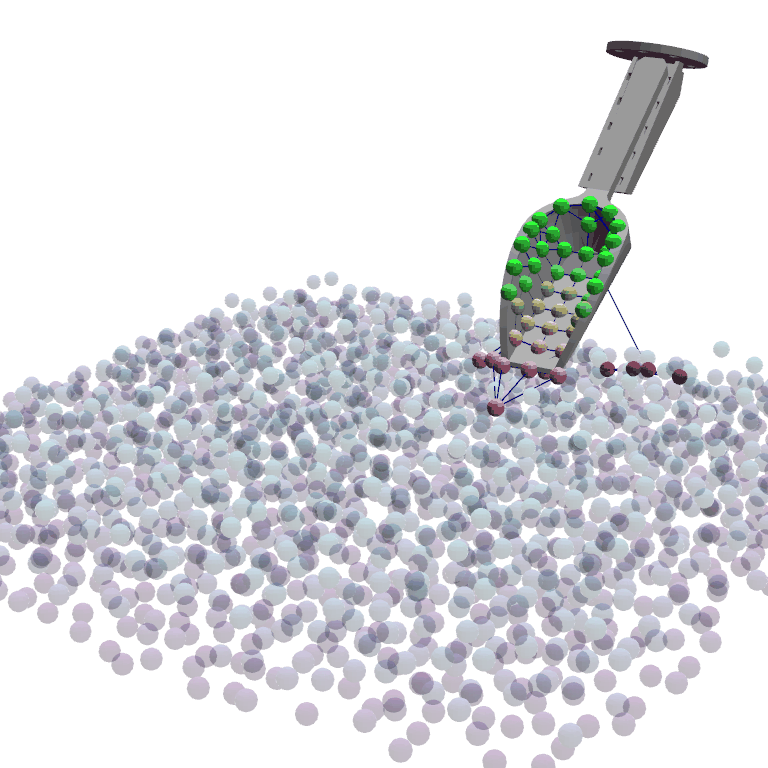|
Chaoqi Liu I'm a 4th year undergraduate student at UIUC. I love robots. I'm currently visiting Yilun Du's lab. I've had the opportunity to be advised by Kris Hauser, Yunzhu Li, Maxim Likhachev. I build robots that act intelligently. I began with kinodynamic motion planning (IxG), which assumes a reliable model of the environment. To handle broader settings without accurate models, I moved to learned dynamics for planning— graph-based neural dynamics (GBND) and pixel-space video predictors (HMA). In practice, GBND required heavy hand-engineering for graph instantiation, and contemporary video models were not accurate or controllable enough for planning, so I pivoted to learning to act directly—focusing on modular policies and studying implicit factorization of the action distribution (FDP) and explicit factorization by sensory modality (MMPC). This line of work crystallized a view: raw action space is the wrong abstraction. Thus, my current research pursues action tokenization that imposes causal structure on action, enables autoregressive reasoning over semantically meaningful actions. I will do strong science, and help people feel able to do it, too. Email📧 | GScholar📝 | GitHub🧑🏻💻 | Twitter𝕏 |
 |
Research |
|
Haonan Chen, Jiaming Xu*, Hongyu Chen*, Kaiwen Hong, Binghao Huang, Chaoqi Liu, Jiayuan Mao, Yunzhu Li, Yilun Du+, Katherine Driggs-Campbell+ Multi-Modal Manipulation via Multi-Modal Policy Consensus 2025, [webpage], [arXiv], [code] Multi-Modal Policy Consensus (MMPC) decomposes control across diffusion experts specialized for vision, touch, and other modalities, with a router network that adaptively balances their influence—achieving flexible multimodal fusion. |
|
|
Chaoqi Liu, Haonan Chen, Sigmund H. Høeg*, Shaoxiong Yao*, Yunzhu Li, Kris Hauser, Yilun Du, Flexible Multitask Learning with Factorized Diffusion Policy 2025, [webpage], [paper] Spotlight at RSS 2025 2nd Workshop on Semantic Reasoning and Goal Understanding in Robotics [Link] Factorized Diffusion Policy (FDP) is a modular robot policy framework that composes specialized diffusion components through score aggregation, enabling scalable multitask learning, interpretable behavior decomposition, and efficient task adaptation. |
|
|
Sigmund H. Høeg, Aksel Vaaler, Chaoqi Liu, Olav Egeland, Yilun Du, Hybrid Diffusion for Simultaneous Symbolic and Continuous Planning 2025, [webpage], [arXiv] Hybrid Diffusion Policy (HDP) is a long-horizon robot planning framework that composes discrete high-level plans and continuous low-level trajectories through a unified diffusion process, enabling robust multimodal behavior generation, improved decision-making over long horizons, and flexible conditioning for complex tasks. |
|
|
Lirui Wang, Kevin Zhao*, Chaoqi Liu*, Xinlei Chen Learning Real-World Action-Video Dynamics with Heterogeneous Masked Autoregression 2025, [webpage], [arXiv] Heterogeneous Masked Autoregression (HMA) is a real-time robotic video simulation for high-fidelity and controllable interactions, leveraging masked autoregressive models and heterogeneous training. |
|

|
Chaoqi Liu, Yunzhu Li, Kris Hauser Localized Graph-Based Neural Dynamics Models for Terrain Manipulation 2025, [webpage], [arXiv] A scalable and efficient graph-based neural terrain dynamics (gbnd) by introducing fine-grained adaptive and automatic particle selection. The proposed framework is both orders of magnitude efficient and more accurate than previous gbnd. |
|
Ramkumar Natarajan, Chaoqi Liu, Howie Choset, Maxim Likhachev Implicit Graph Search for Planning on Graphs of Convex Sets RSS 2024, [webpage], [paper], [arXiv] A scalable and efficient way to plan on Graphs of Convex Sets (GCS) with stronger theoretical properties. We plan on GCS using a previously developed hybrid search-optimization framework called INSAT. |
Misc.I have consistently maintained a perfect 4.0 GPA, excelling with top grades of A/A+ in all of my Computer Science, Mathematics, and Statistics courses. A complete list can be found here. |
|
Page template borrowed from Jon Barron |